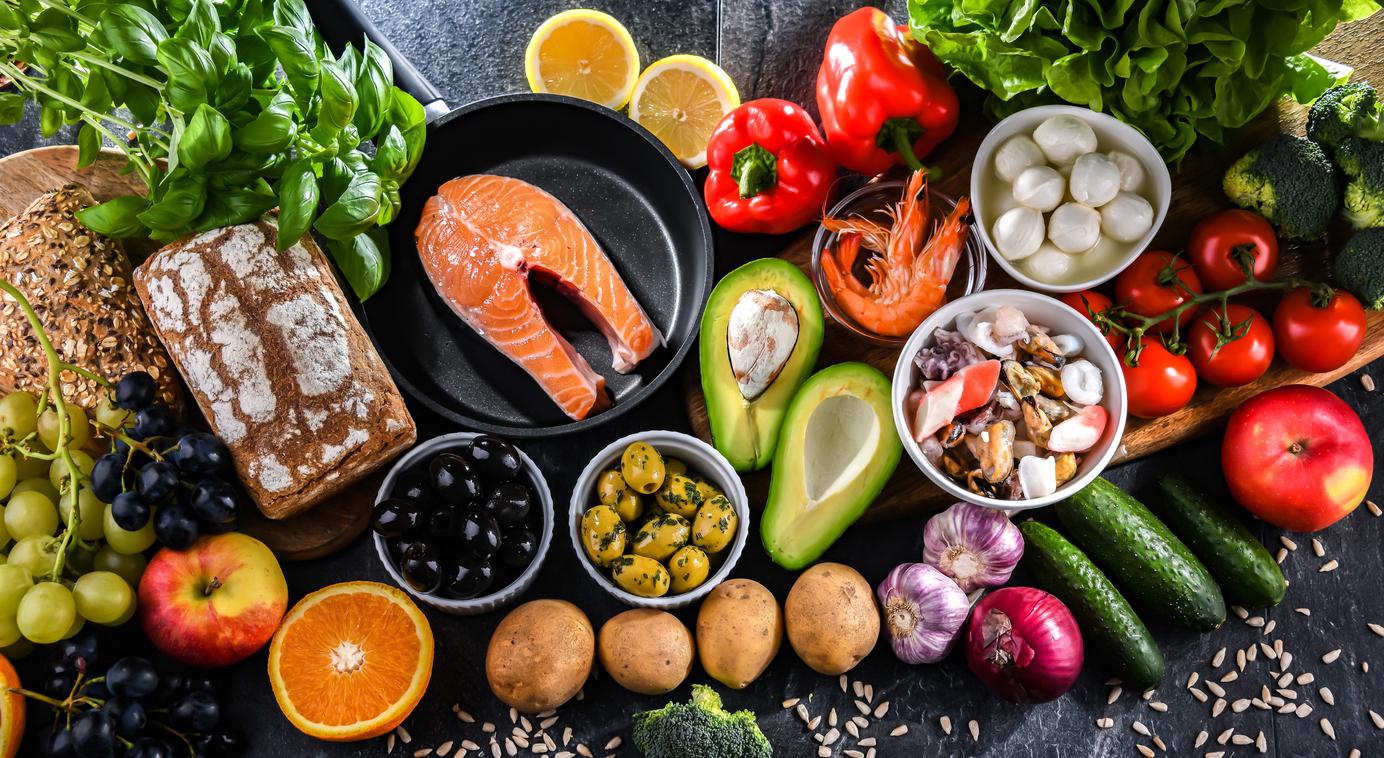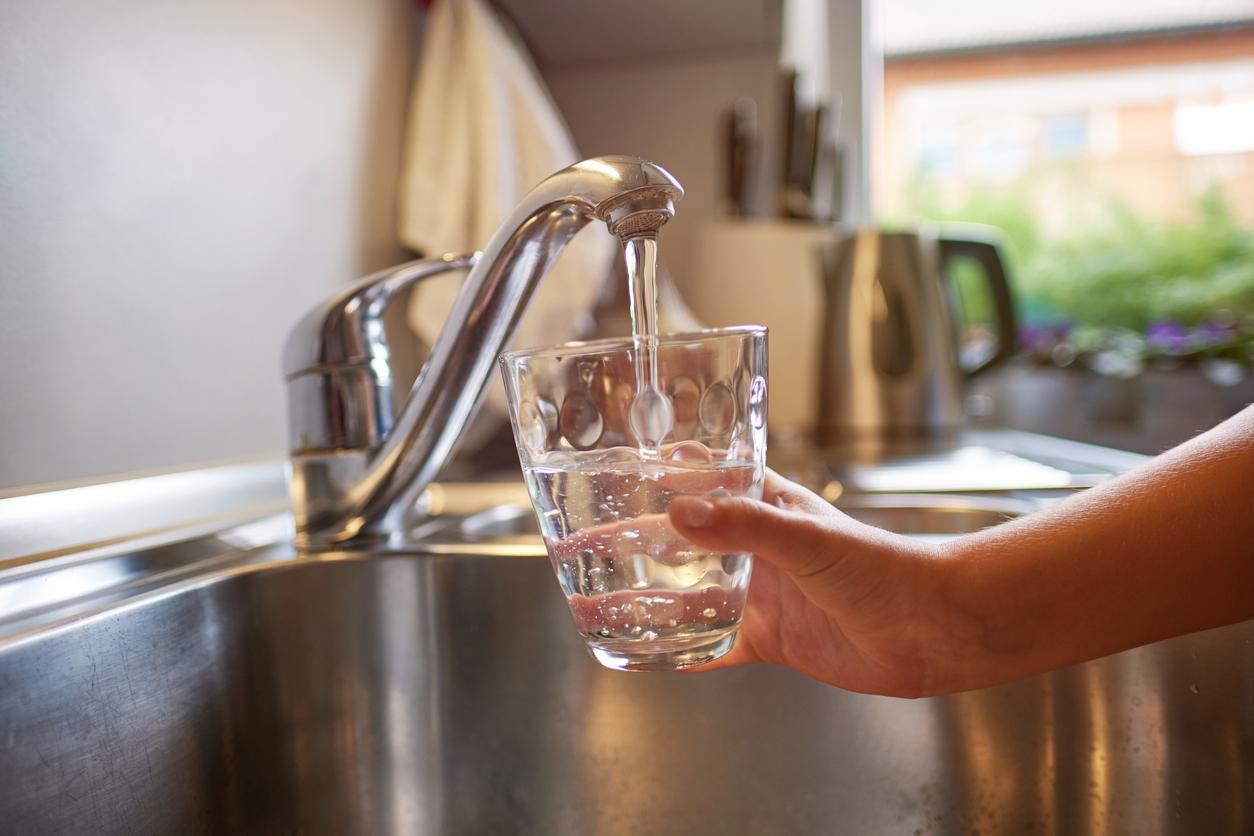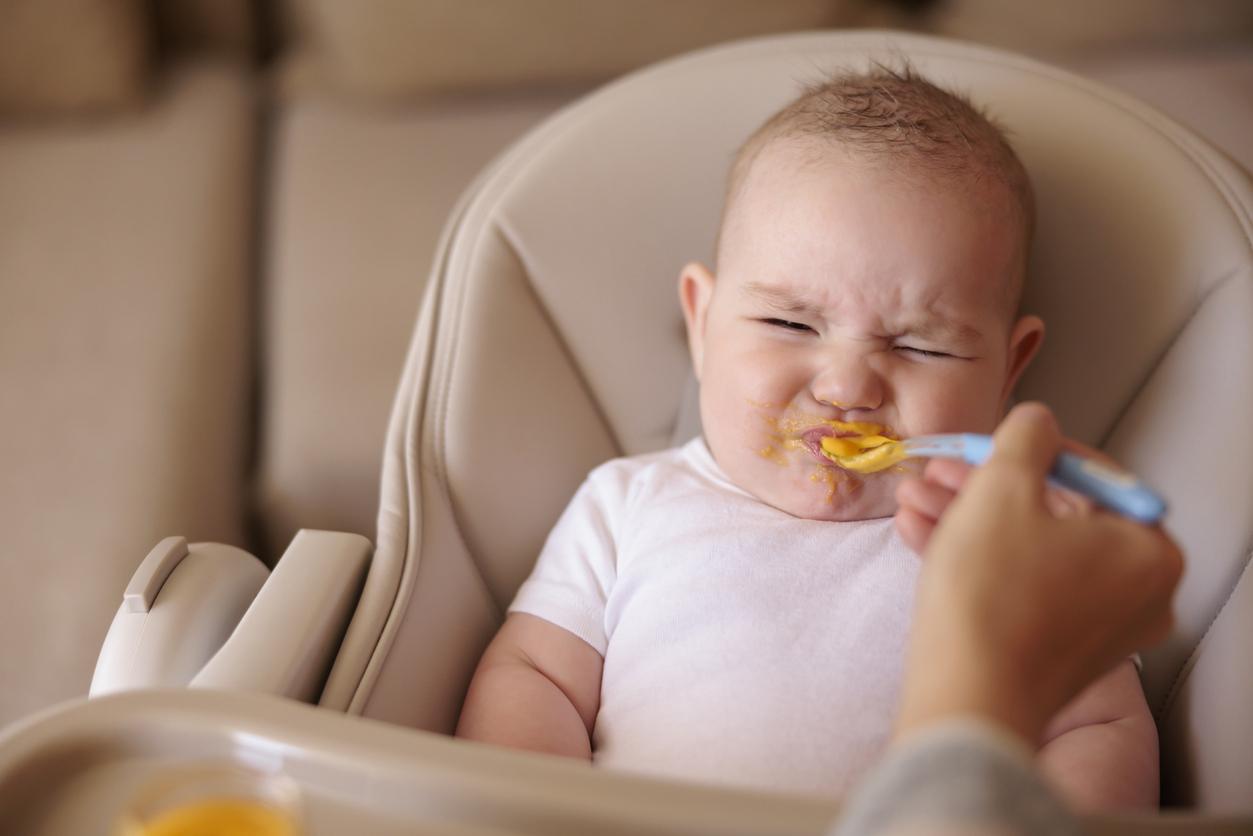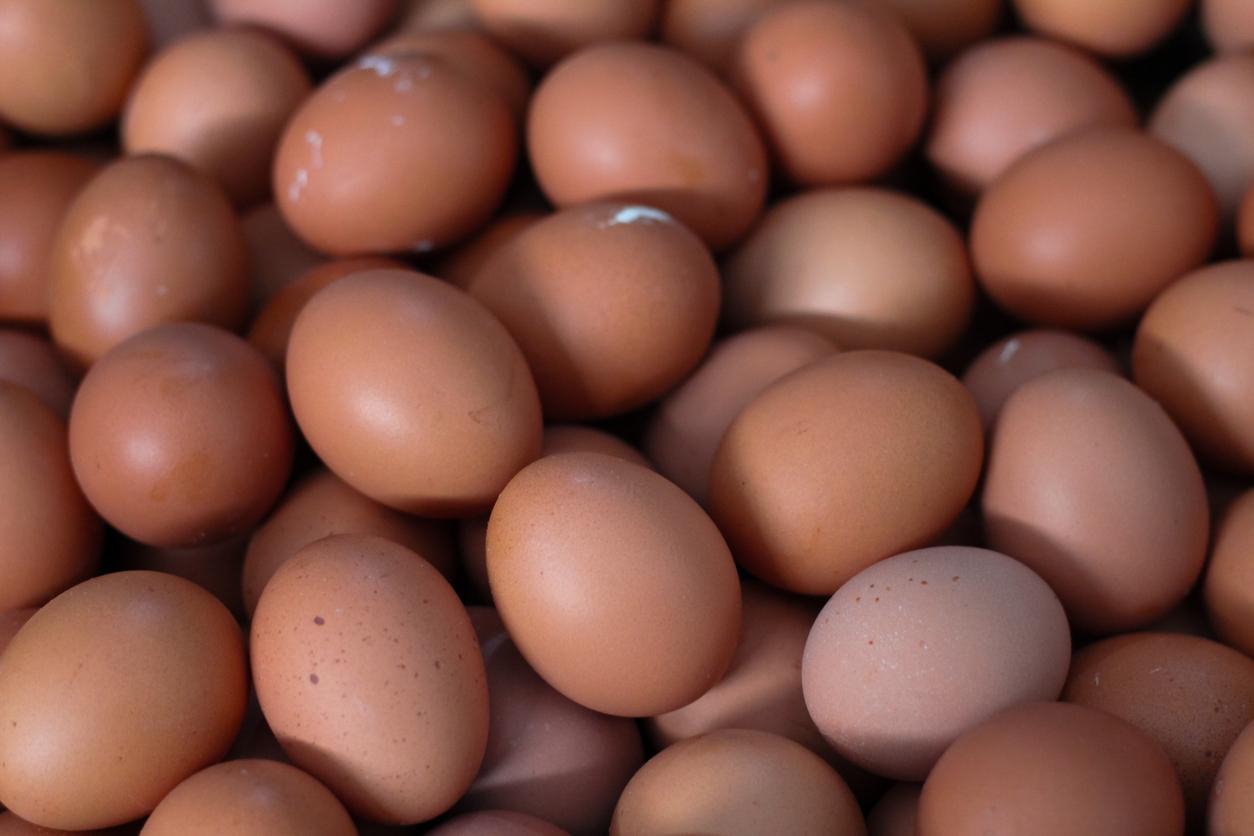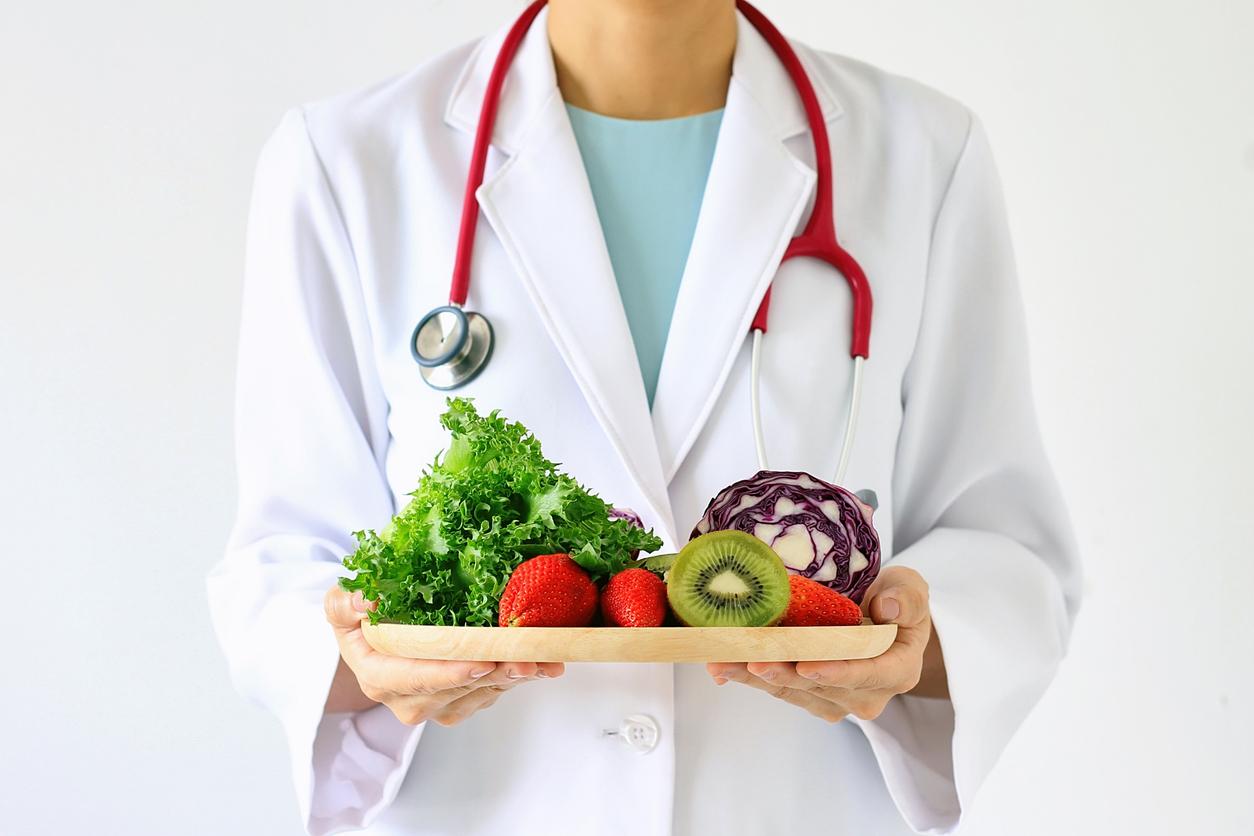Steam cooking
Its advantages: champion of taste and lightness (we cook without the slightest fat), it retains the aromatic and organoleptic qualities of food (soft, tender, crunchy, color). As for minerals and vitamins, they are preserved with a latest generation steamer (called “gentle steam”) allowing rapid cooking in a steam not exceeding 100 ° C. Thus, broccoli retains, for example, 86% of its vitamin.
Its minuses: due to heat, loss of vitamin Caround 30% with a classic steamer.
It’s good for … stewed fruits, a large number of vegetables (cauliflower, broccoli, zucchini, asparagus, artichoke, leek, potato …), cereals and legumes (perfectly soft) and fish fillets that retain flavor and texture.
The wok
Its advantages: this method of preparation, which remains light as long as the ingredients are cooked in a tablespoon of olive oil (and no more), preserves the vitamins rather well (loss around 25%) and completely the minerals . This is because the food does not soak in water and its cooking time is short. The vegetables keep their good taste and stay crunchy.
Its minuses: this cooking requires a somewhat long preparation time to mince or cut the food to the size of a bite in order to quickly sear it.
This is good for … making pan-fried dishes rich in taste, color and micronutrients varied, with mushrooms, carrots, zucchini, onions, bean sprouts, fennel.
The papillote
Its advantages: protected by its protective envelope, the food cooks in its vegetation water without having to use a fatty substance. If it remains sheltered from the air and there is therefore no oxidation (for this, make sure you have completely closed your foil), trace elements, minerals are preserved to the maximum, as well as about 70% of vitamins.
Its minuses: the flavor of the food is less pronounced than with stewing (in a Dutch oven or casserole dish), hence the interest of cooking them with spices or aromatic herbs. And to avoid the risk of aluminum microparticles entering the food, it is better to use baking paper to make the papillotes.
It’s good for … vegetables, fruits (plums, peaches, apricots), fish fillets.
What about other cooking methods?
I avoid cooking with water
You can almost say that the vitamins (eliminated up to 40%) and mineral salts will be thrown away with the cooking water. Foods cooked in water are therefore greatly depleted in terms of nutrition.
What about the microwave oven?
Many untruths have been circulating since the first microwave oven was born. What we know is that its electromagnetic waves preserve vitamins and minerals due to the very short cooking time. And the health authorities point out that to date, no study has proven that the waves emitted by these ovens can generate harmful substances in food.










